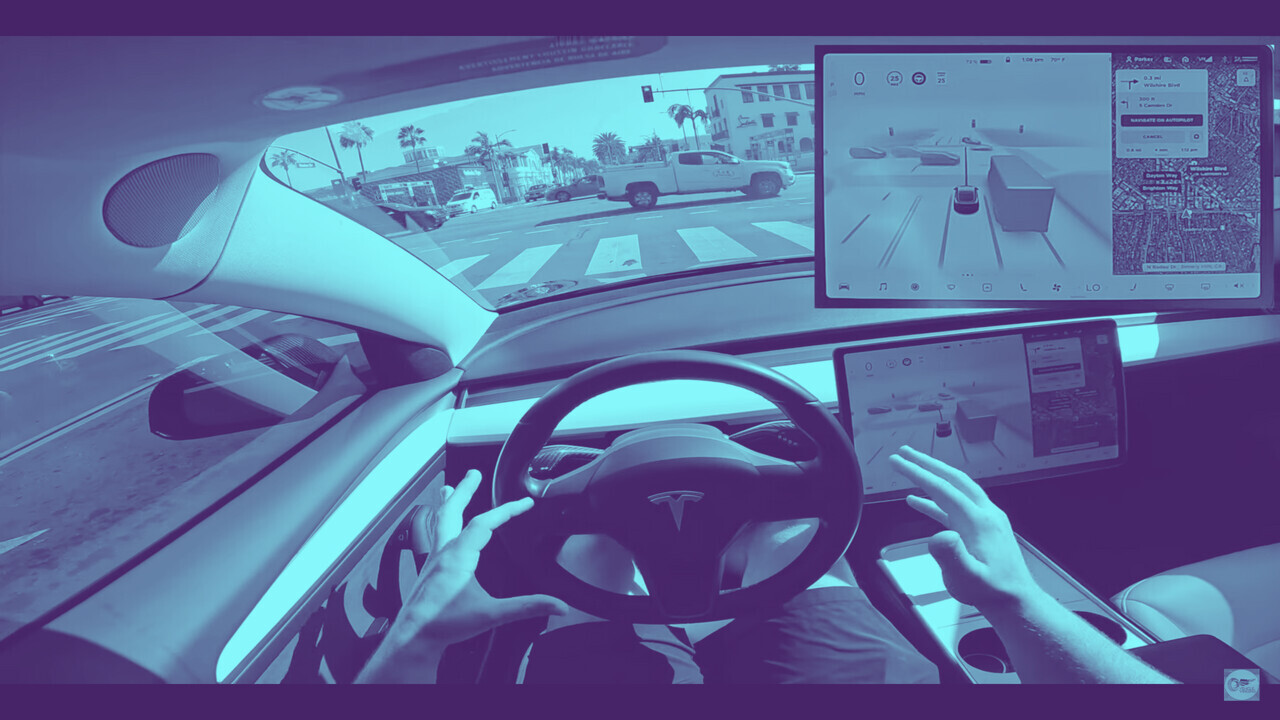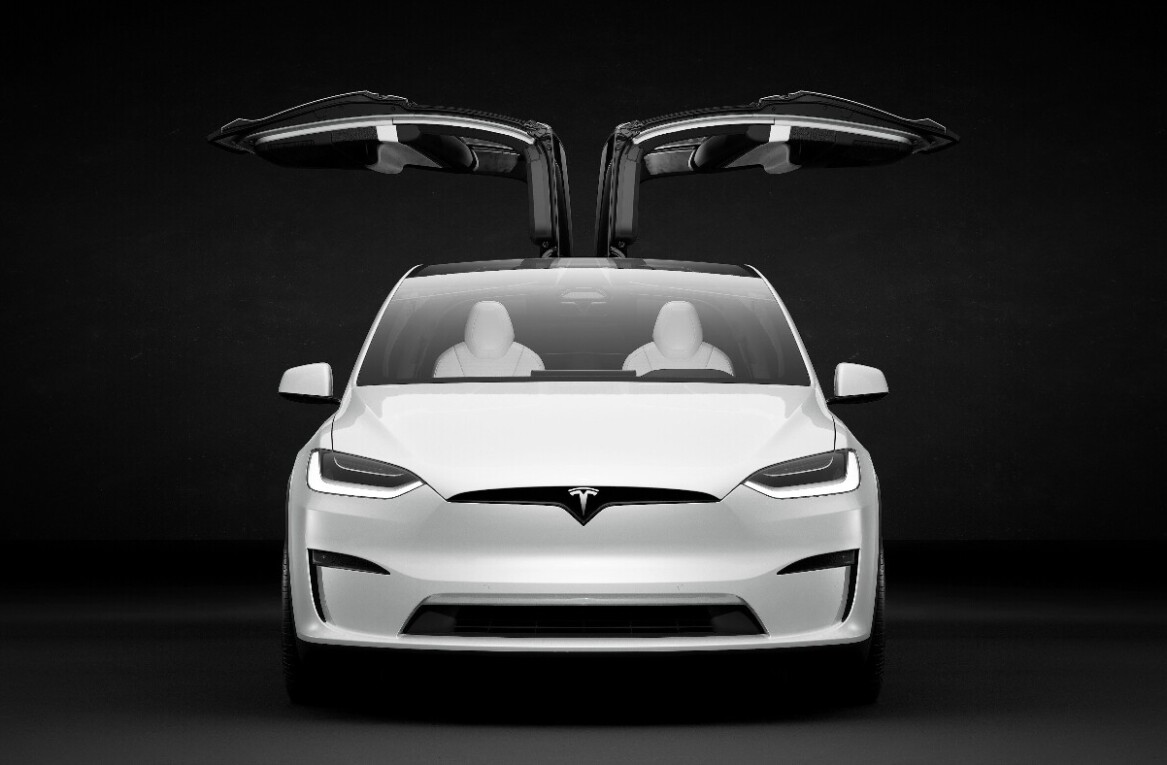
AAA research shows that consumers may encounter as many as 20 names for a single advanced driver assistance system (ADAS) feature.
For example, take blind spot warning. This functionality detects vehicles in the blind spot while driving and notifies the driver of their presence. Some systems provide an additional warning if the driver activates the turn signal).
Audi calls blind spot warning “Audi side assist,” while Toyota calls it “blind spot monitor.” On some GM vehicles, it’s called “side blind zone alert.”
Feeling confused?
Even worse, as Kelly Funkhouser, Consumer Report’s head of connected and automated vehicles, notes, “sometimes there’s a different name on the website, in the owner’s manual, and then in the menu in the car.”
But drivers will be happy to hear that late last month, a coalition of leading experts in automobiles and auto safety released a set of expanded and updated recommendations for universal terms for ADAS.
The coalition includes Consumer Reports, AAA, J.D. Power, the National Safety Council, Partners for Automated Vehicle Education (PAVE), and SAE International. It also calls for vital consumer education on ADAS’s benefits, limitations, and capabilities.
Confusion around ADAS leads to buyer confusion and risky behavior
According to PAVE, misrepresenting or overstating the capabilities of vehicle safety features in marketing means that consumers may over-rely on these systems. Even journalists get it wrong.
For example, Tesla calls its driver-assist program “Full Self-Driving beta.” However, its system is ADAS, not autonomous.
I believe that the vast majority of the 100,000 people who pay for Tesla’s”Full Self-Driving beta” are responsible people. They use the tech to augment their driving. They look forward to testing the added capabilities or improvements in each beta release.
But we’ve seen plenty of bad examples. These include people driving in the back, making porn movies, and sleeping in their Teslas.
The company faces yet another probe into its ADAS technology following the death of a motorcyclist last week. So it would be a good time for the brand to get on board with universal terminology. But it remains bullish.
Further, with the rise of subscriptions or additional payments for extra features, it’s essential that functions such as Lane Centering Assistance and Indirect Driver Monitoring System are understood across the board. Not only by buyers but also by automakers, regulators, safety organizations, journalists, and other stakeholders. It’s the only way for an expansion of the capabilities of vehicle automation technologies.
Get the TNW newsletter
Get the most important tech news in your inbox each week.




